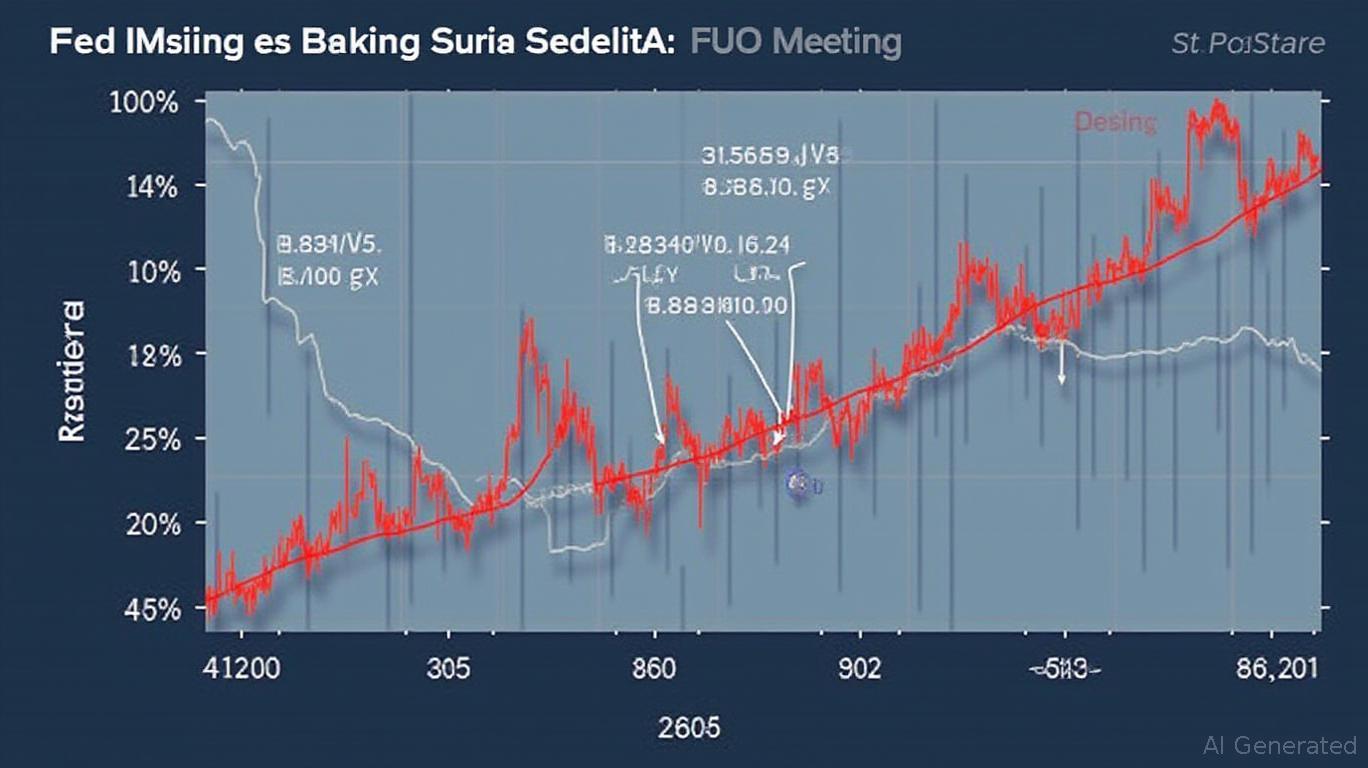Volatility Ahead: Why Fed Policy Uncertainty is Your Edge in S&P 500 Futures
The Federal Reserve's May 2025 meeting minutes painted a landscape of economic uncertainty, with trade policy headwinds and inflationary pressures clouding the path for monetary policy. For traders in S&P 500 futures, this ambiguity is not a barrier but an opportunity—a chance to decode shifting investor sentiment and position for near-term volatility. Let's dissect the data and uncover where the next moves lie.

The Fed's Tightrope Walk: How Uncertainty Fuels Volatility
The Fed's May decision to hold rates at 4.25%-4.5% underscored its reluctance to cut prematurely, citing lingering inflation risks and trade-related uncertainties. Chair Powell's remarks emphasized the “solid” but fragile state of the economy, with policymakers divided over whether tariffs would stoke inflation or trigger a slowdown.
This ambiguity has left markets in a tug-of-war. . The VIX has averaged 18.5 over the past month—up from 15 in early 2025—reflecting heightened anxiety. Traders are pricing in delayed rate cuts (none expected before September 2025), but the Fed's “data-dependent” stance keeps the door open for pivots.
COT Data: Institutions vs. Retail—A Divergence to Exploit
The CFTC's Commitments of Traders (COT) report offers a window into positioning. As of May 2025, non-commercial speculators (institutions) have been accumulating net long positions in S&P 500 futures, betting on resilience amid Fed hesitancy. Meanwhile, non-reportable (retail) traders remain net short—a classic contrarian signal.
. The gap between institutional bullishness and retail bearishness is at a 2-year high. This divergence suggests two things:
1. Institutions see value in near-term dips, positioning for a potential Fed pivot if economic data softens.
2. Retail skepticism reflects fear of a prolonged stagnation, but this pessimism could overprice downside risks.
Volatility Skew: Where the Edge Lies
The skew in S&P 500 options pricing reveals asymmetric bets. . A steepening skew (higher volatility priced for downside puts) indicates traders are overcompensating for Fed-induced fear.
This creates opportunities:
- Sell volatility: Shorting out-of-the-money puts could capitalize on overpriced downside risks, especially if the Fed's caution prevents a crash.
- Sector-specific plays: Trade policy uncertainty disproportionately impacts sectors like industrials and tech. . Divergences here signal sector rotation opportunities.
The Playbook: Position for a Fed Pivot or a Policy Breakthrough
- Buy the dips on Fed dovish signals: If June or July data shows inflation cooling, the Fed could signal a cut—triggering a rally.
- Short volatility ahead of policy clarity: A Fed statement that removes uncertainty (either hawkish or dovish) could collapse the VIX, rewarding sellers.
- Hedged equity exposure: Use inverse ETFs (e.g., SH) or volatility-linked ETNs (e.g., XVZ) to balance portfolios against uncertainty.
Conclusion: Act Before the Fed Speaks Again
The Fed's May minutes laid the groundwork for a volatility-driven summer. With institutions betting on resilience and retail underestimating policy flexibility, now is the time to act. Use the COT data to identify contrarian positions and the volatility skew to price in asymmetric risks.
The next Fed meeting in June will be pivotal—don't wait for clarity. Position now for a market that's pricing in uncertainty but primed for a decisive move.
. History favors those who read the data first.
This analysis is for informational purposes only. Always consult a financial advisor before making investment decisions.

Comments
No comments yet